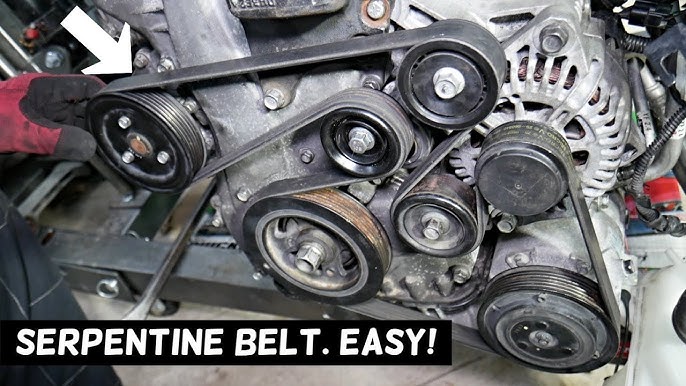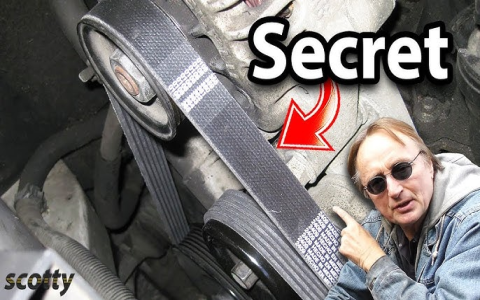Common Issues with Kia Optima Belt Diagrams
Belt diagrams for Kia Optima engines often face challenges like misalignment, wear, or incorrect routing. These problems arise during maintenance or replacements, leading to inefficient engine performance.
Primary Belt Diagram Problems
- Loose or slipping belts causing squealing noises.
- Worn or cracked belts due to age and heat exposure.
- Incorrect routing from improper diagram reference.
- Missing diagrams making installation confusing.
- Rapid tension loss after adjustments.
Quick and Easy Solutions
Inspect belts visually every six months. Check for cracks, fraying, or uneven wear. Use a belt tension gauge for accurate readings—aim for 1/2 inch deflection when pressed.
For misrouting, compare with a digital manual belt diagram. Route belts precisely around pulleys to prevent slippage. Replace worn belts immediately with OEM equivalents to avoid breakdowns.

- Ensure pulley surfaces are clean to reduce slippage.
- Tension belts uniformly using a wrench on idler pulleys.
- Document the routing diagram photo for future reference.
Preventive Maintenance Tips
Schedule belt changes every 60,000-100,000 miles. Always cross-verify diagrams during service. Keep spares handy for unexpected failures to ensure fast resolution.

